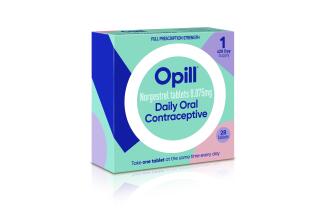HEALTH WATCH : Boon for Bones
- Share via
More often than not, the special health needs of women receive less attention, research and money than the maladies of men. The Food and Drug Administration has taken a step that bucks the trend. The agency recently approved the first non-hormonal drug to treat osteoporosis, a progressive and often crippling bone disease that affects an estimated 8 million women.
This is especially good news for older women, who are particularly susceptible to the disease. Alendronate sodium, or Fosamax, developed by Merck & Co., is the first drug alternative to hormone replacement therapy for post-menopausal women. The FDA, generally cautious, put Fosamax on a fast track for approval after reviewing the company’s studies. Menopause, a drop in estrogen levels, disrupts the body’s bone-building cycle. A woman may lose as much as 25% of her bone mass in the first five years after menopause. The bone loss can lead to spinal fractures, which in turn eventually erode bones in the spine, causing height loss, pain and the deformation of the back known as dowager’s hump. An additional 17 million people--men and women--have low bone mass, a pre-disease condition that makes them vulnerable to osteoporosis.
Until now, the primary treatment for osteoporosis in post-menopausal women was to administer hormones. Alendronate sodium is important because studies have shown that while hormones help to protect women against both osteoporosis and heart disease, they also increase the risks of both breast and uterus cancers.
The new non-hormonal drug alternative stands to bring relief to millions.





